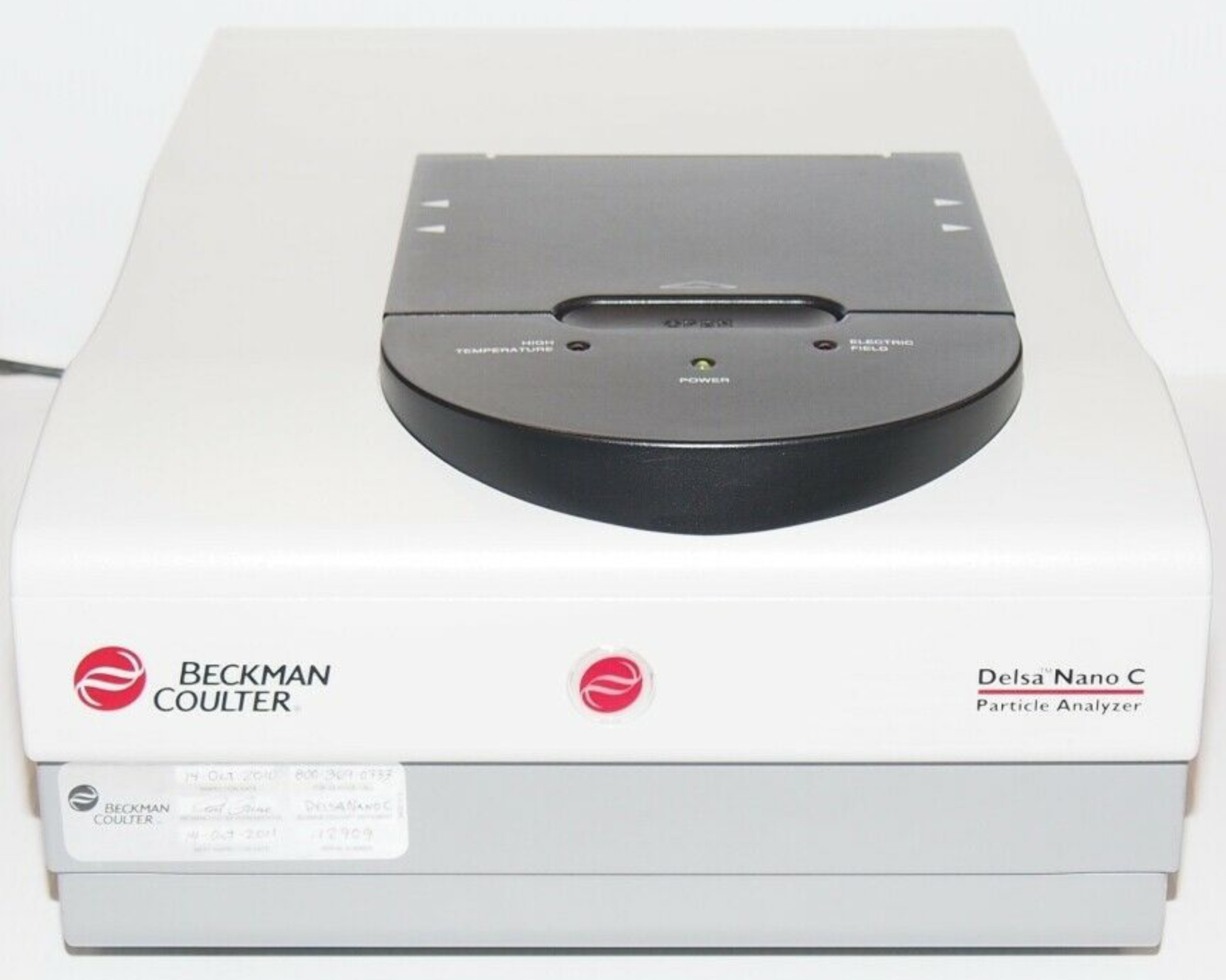
Circular DNA was prepared as previously reported 9. Synthesis of self-assembly of library siRNA nanospongesĪs a novel gene regulating system, we prepared two different circular DNAs for the synthesis of siRNA-generating nanosponges (Fig. This approach could be universally used to manipulate gene expression, since library siRNA sequences can be easily designed from target mRNA. In this study, green fluorescent protein (GFP) mRNA was chosen as a target, and a GFP library siRNA nanosponges (GFP lib-NSs) was synthesized and tested for gene silencing effects. As the RNA nanosponges are completely composed of dsRNA, there are numerous sites for cleavage by cytoplasmic Dicer, resulting in mRNA degradation. After transcription, the resultant RNA strands hybridize to form double stranded RNA (dsRNA) and become entangled, forming a large mass of RNA from which mRNA-targeted siRNA, called ‘library siRNA’, can be fabricated. One circular DNA template contains the equivalent target mRNA sequence (antisense circular DNA) and the other contains a completely complementary sequence to the first circular template (sense circular DNA) (Fig. Using this RCT technique, we suggest that siRNA-generating nanosponges can be universally designed and fabricated through complementary rolling circle transcription (cRCT) 24, which uses two complementary circular DNA templates to produce two long RNA strands. Sponge-like RNA nanoparticle and microspheres recently produced by RCT, which can contain over 500,000 repeated siRNA units, have much higher stability against degradation caused by serum and achieve more efficient cellular uptake than in previous studies 20.

Rolling circle transcription (RCT) is an RNA polymerase-based enzymatic replication method that has been extensively used to construct siRNA-containing nanoparticles 18, 19, 20, 21, 22, 23, 24, 25. Various strategies have been devised for efficient, stable siRNA delivery 14, 15, 16, 17. One of the most studied types of functional RNA is small interfering RNA (siRNA), a powerful tool for regulating target gene translation 13. There have been many attempts to construct RNA nanoarchitectures reflecting the myriad of biological functions of RNA 10, 11, 12. For instance, simple hybridization for constructing DNA lattices using sticky ends 4, enzymatic replication such as rolling circle amplification (RCA) 5, 6, 7, 8, and DNA origami 9 have been in use for decades.

However, owing to its similarities to DNA, RNA nanotechnology has been developed using numerous established DNA engineering techniques 2, 3. The development of RNA-based therapeutic treatments has been hindered by structural complexities such as intra-strand double helices, diverse tertiary and quaternary structures, and instability caused by the extra hydroxyl group in the RNA pentose ring 1.


 0 kommentar(er)
0 kommentar(er)
